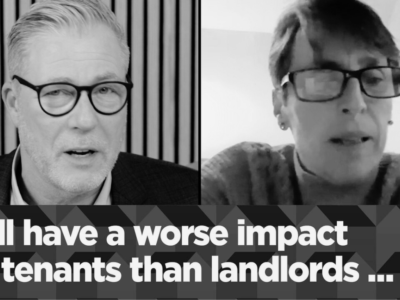Emerging Trends in Real Estate® Europe 2022, the 19th annual survey by PwC UK and the Urban Land Institute (ULI) has seen a significant leap in confidence going into next year, despite the longer-term outlook characterised by uncertainty with many still coming to terms with the radical changes brought about or accelerated by Covid.
The report, based on the views of 844 property professionals, records the highest levels of business confidence since 2014, reflecting a broad sense of relief and short-term optimism that the industry has remained resilient during the pandemic and that real estate remains a favoured asset class.
However, the data also reveals the issues most concerning the industry are construction costs and resource availability (88%), availability of suitable land and assets (66%), sustainability and decarbonisation requirements (61%).
Supply chain delays and worker shortages are also likely to exacerbate these issues in the coming year.
Due to a recent spike in demand, particularly in consumer goods and construction materials, these shortages have created bottlenecks, which, linked with rising inflation rates, are increasing the pressure.
Angus Johnston, UK and EMEA Real Estate Leader, at PwC UK, said:
“A short term lift in confidence hides significant medium term concerns.
There is a shortage of construction materials due to global supply chain issues and those available are set to rise in price even further.
The surge in energy prices is likely to impact the cost of heavy duty construction materials like ceramic products, glass, steel and bricks and the rise is set to continue throughout 2022.
While the UK is not unique in its shortages, Brexit is likely to have increased the issue in the haulage of these materials.
With all eyes on the sector, especially post COP26, it has a real opportunity to make significant change but must work hard to ensure it’s long-lasting.”
Most concerning factors for real estate businesses are reflected both short term and over the next five years.
However, survey participants also believe re-development is the most attractive way to acquire prime assets (76%).
This increase in demand for (re)development without sufficient supply and/or affordable costs is likely to cause challenges.
From those who had already repurposed assets in the last year, 70% had changed from office to residential.
Looking at post-pandemic cities especially, where more office workers are working from home than ever before, 61% of respondents believe office buildings will be repurposed to residencies and 30% expect the buildings to have mixed use.
The majority of office workers are unlikely to return to the office full-time, however businesses will use city headquarters to retain and attract talent, and conserve company culture.
Retail real estate was the second most likely to be repurposed both short term and over the next three to five years.
For the short term, a change to mix use was most popular with respondents (34%) with residential and offices both sitting at 20%.
Long term however, respondents believe mixed use to be the most common change (41%) followed by residential (23%) and logistics (20%).
























Comments